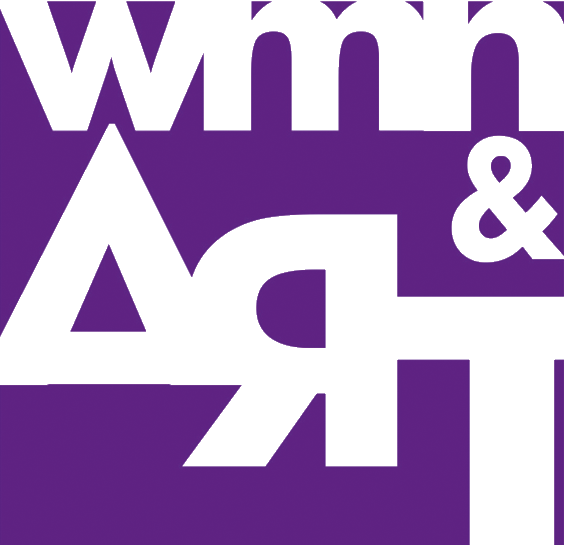|
1. Introduction
2. CHMEs’ (Ceramic Handicraft Micro Entrepreneurs) Learning
2.1. How do I Become a Home-Based Micro-Entrepreneur?
2.2. Financial Literacy, Costs, Purchase, Operating Expenses
2.3. Ceramic Art@Home, is it Possible?
2.4. Do I Have Talent & Basic Skills?
2.4.1. Basics of Ceramics; Arts, History and Culture, Heritage
2.4.2. Learn your Traditions & Develop them with a Contemporary Approach
2.4.3. The Ceramics Arts in Europe Today (Visual Arts, Design, Crafts)
2.4.4. Do I Have Basic Talent and Skills?
3. Ceramics Arts Training @ Launch
3.1. What Kind of Materials are Called Ceramics? (Different Types of Clays, Kaolin, Stoneware)
3.2. Decoration: Coatings, Glaze Typologies, Application Methods
3.2.1. Glaze Application Methods
3.3. Technical Hand Tools: Fundamental Tools (Roller, Carving Tools, Scraping Tools), Costs & Purchase, Safety Measures
3.4. Ceramics Shaping (Traditional Techniques)
3.5. Kiln and Firing Processes
4. Arts&More by wmn&ART
4.1. What Makes me Special: Find your Own Style
4.2. Colours and Glaze Types and their Use in Ceramics
4.3. The Relation Between Shape and Colour: Cultural Heritage in the Ceramics Art of Anatolia, Turkey
5. First Firing: Terracotta
6. Second Firing: Surface Decoration (Extra Cost vs. Benefits)
7. Third Firing: Lustre, Metallic Reflections
8. Considerations on Extra Costs Against the Benefits Provided by Higher Quality
9. Fundraising: Subvention & Support?
9.1. National Market
9.2. International Market (If you are an Immigrant)
10. Mentoring Support - What is it? The Basics of Being a Mentee
10.1. Benefits
10.2. Costs Incurred
10.3. How do I Get in Touch with Art Mentors?
11. Internet Marketing, Communications Tools and Methods
11.1. Basic ICT
11.2. Sector Specific Links; Social Media
11.3. How to be Visible on the Internet (Followers, Tags, etc.)
12. Technologies of Digital Manufacturing, Use of 3D Printing in the creation of ceramic objects
Resources
|
How did you find us?

 EN
EN  TR
TR  ES
ES  IT
IT  LT
LT  PT
PT  SK
SK